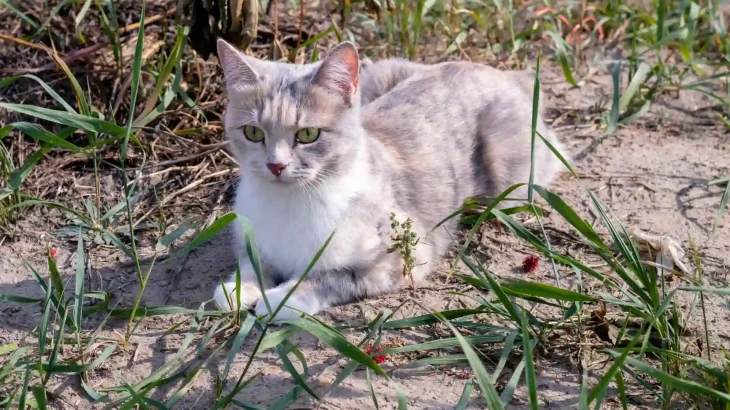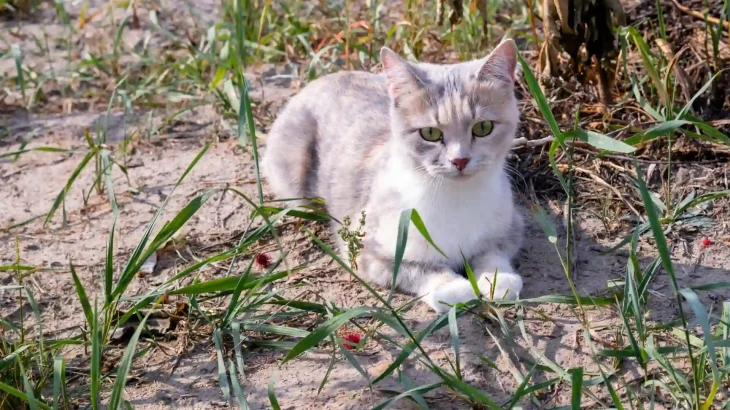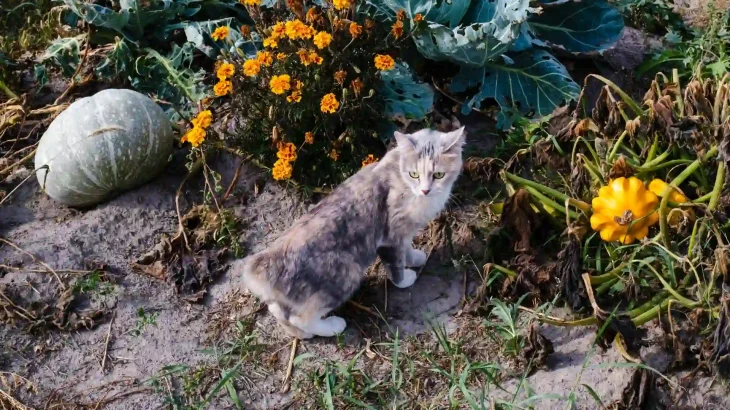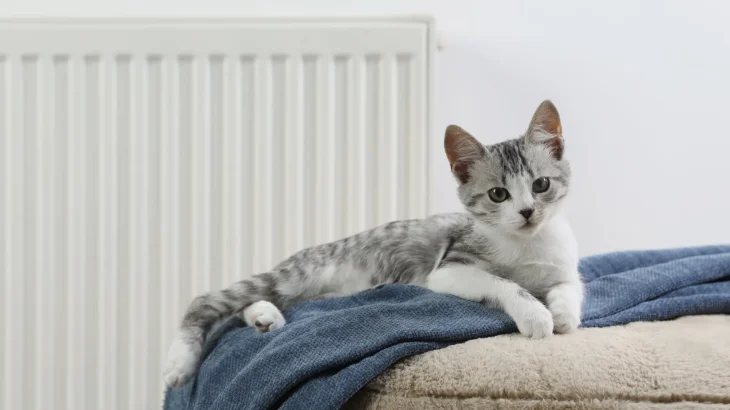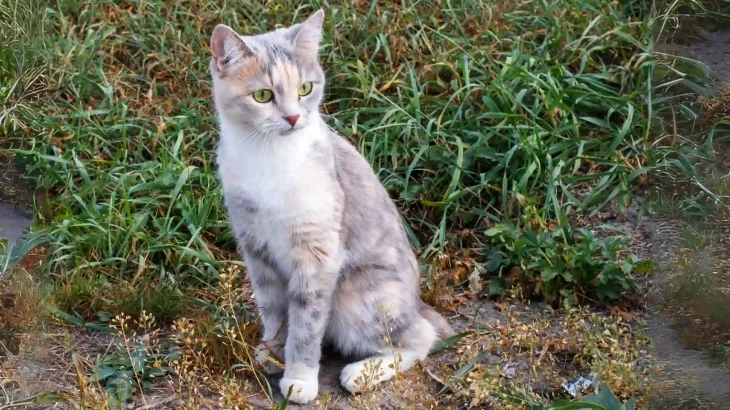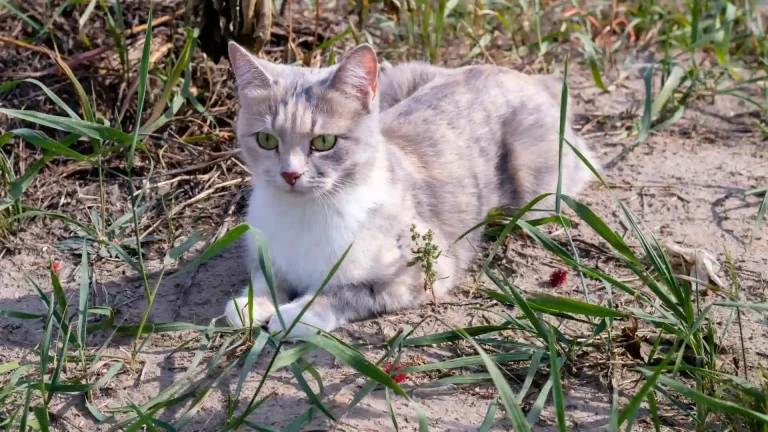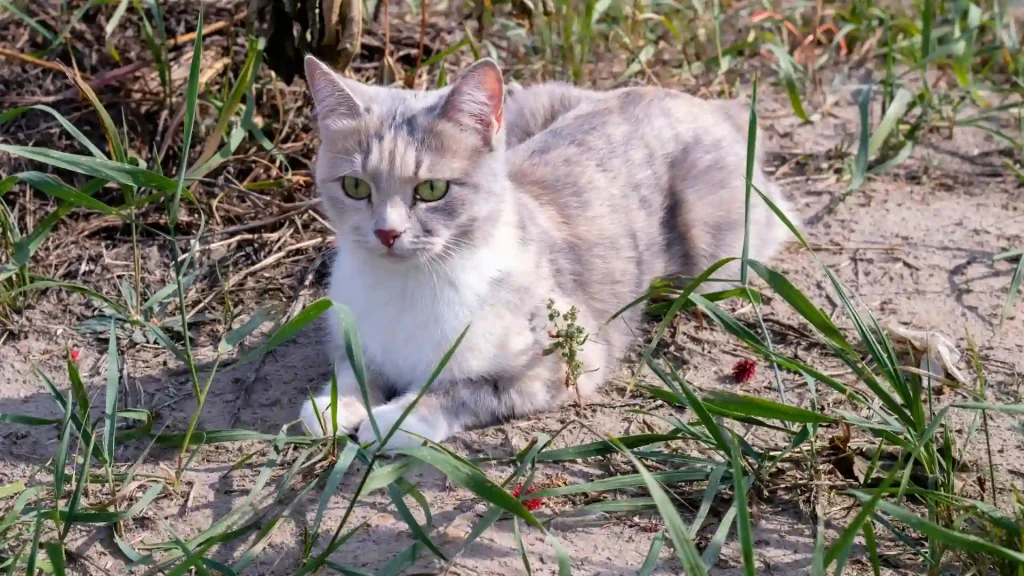When deciding whether to bring a Kuril Bobtail into your home, adopting or purchasing each has its own merits. Adoption may be challenging due to the breed's rarity in shelters, while buying from a breeder provides more certainty in pedigree but at a higher cost. Your choice depends on balancing availability, cost, and supporting ethical practices.
| Criteria | Buying from Breeder | Adopting from Shelter/Rescue |
|---|---|---|
| Cost | Higher price, typically $1,000 to $3,000 due to breed rarity. | Usually lower fees, but Kuril Bobtails are rarely found in shelters. |
| Health History | Detailed health and genetic screening info available. | Health background may be unknown, though basic checks are provided. |
| Age Availability | Mostly kittens available for early socialization and training. | Wider age range possible, though Kuril Bobtails seldom available. |
| Temperament Insight | Breeders can offer insight on temperament and activity needs. | Shelter staff share observed behavior, but full history unknown. |
| Supporting Practices | Supports purebred programs; choose ethical breeders. | Supports animal welfare by providing homes to cats in need. |
| Breed Purity & Pedigree | Guaranteed breed purity with documentation. | No guarantee of pedigree or purebred status. |

